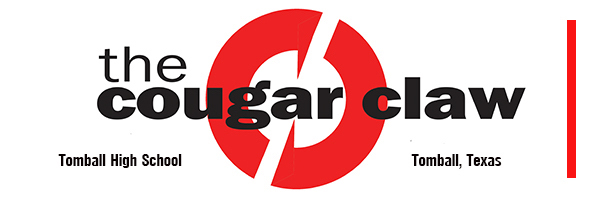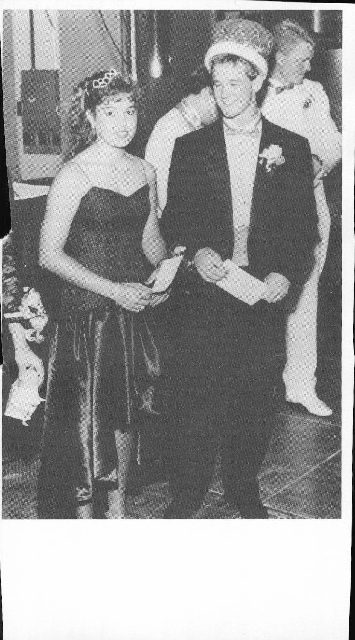Take a look back at the history of Prom
April 12, 2022
As students prepare for prom, many wonder how this widely celebrated dance came to be. To fully understand how prom all started, we need to take a trip down memory lane.
Originally prom was short for promenade, which means “the formal, introducing parading guests at a party.” This tradition began in the mid-1800s to help promote the social etiquette of the graduating class. Many of these events began at Ivy League colleges including Harvard.
In 1894, a diary entry of a student attending an all-male college talked about his experience of going to prom with an all-girls college nearby. Prom events started to extend to high schools, where the seemingly classy social gathering of the season turned into an American phenomenon.
Throughout the next several decades, prom went from being “Sunday best” to being the focus of the American teenager’s high school experience. The post-war economy helped fund more elaborate venues like country clubs and hotels, replacing the average high school gymnasium.
But it doesn’t stop there, all of this led to the boom of prom-centric teen movies: Pretty in Pink, Mean Girls, Never Been Kissed, and even the movie Prom. Many of these movies were prevalent in a time of peak pop culture, paving the way for teens now, and for decades to come.
Today, prom is still very prevalent in teen culture, and to many teens the most important social gathering in high school. In fact, it’s estimated that the average teen spends $1,000 dollars on prom alone. This includes the cost of a dress or tux, tickets, corsages, photos, rides, and dinner. Because of this, many teens start planning months in advance to make sure everything is prepared.
While many things, including Covid, have affected social gatherings including prom through the past couple of years, prom is one American tradition that has lasted over 100 years, and will hopefully last years to come.












